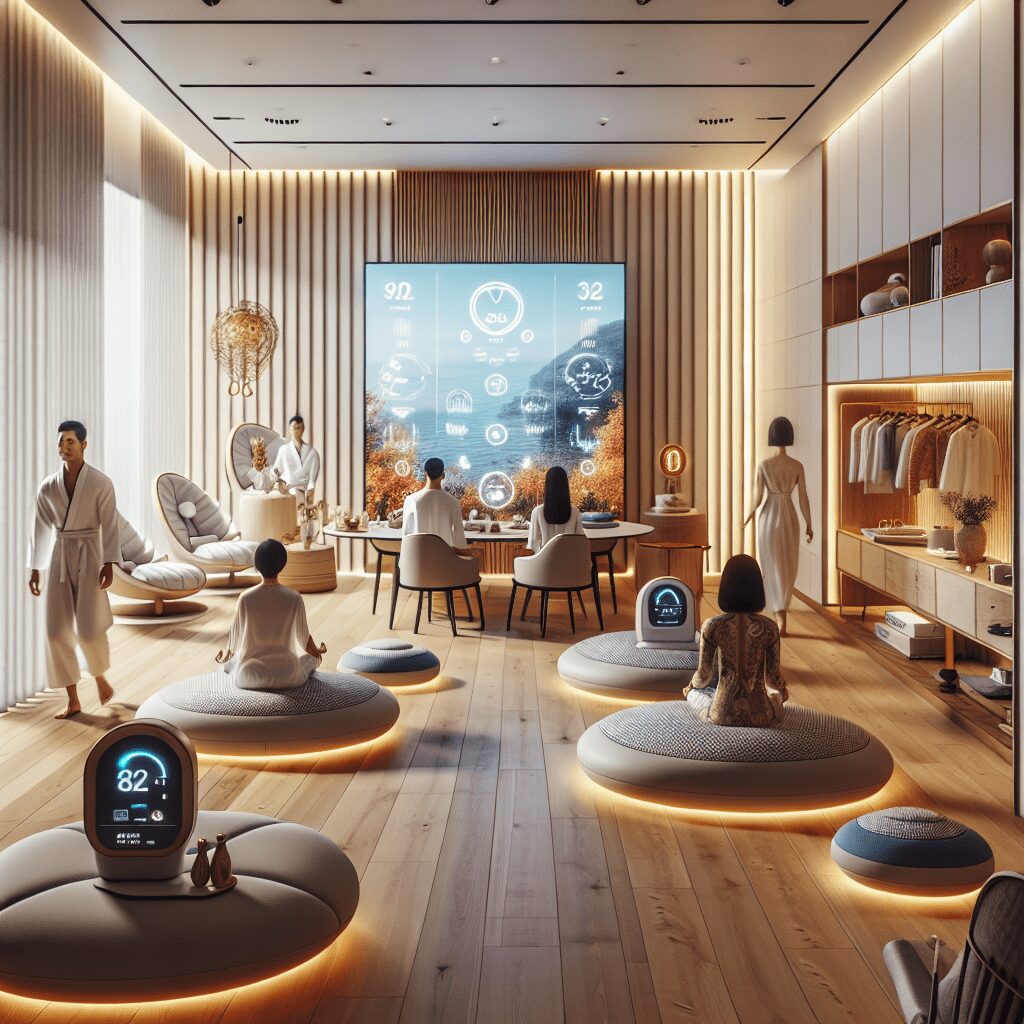
Prioritize your mental well-being daily. Enhance your life by nurturing your mental health with the Smart Meditation app. Break free from stress, alleviate anxiety, and enhance your sleep quality starting today.
Does Yellow Paint Cause Anxiety?
Unraveling the Color Mystery: Does Yellow Make You Anxious?
In the grand tapestry of colors that paint our world, each hue carries its own unique set of associations, emotions, and psychological impacts. Among them, yellow, often hailed as the epitome of cheerfulness and sunshine, ironically finds itself under scrutiny. Could this seemingly jovial color be a hidden culprit behind feelings of anxiety? Let’s dive into the heart of this color conundrum, unraveling the facts and myths that shroud yellow in mystery.
The Psychology Behind Yellow
First off, it’s no secret that colors have a profound influence on our mood, emotions, and even behavior. The psychology of color is a fascinating field, exploring how different wavelengths of light interact with the human brain to elicit various responses. Yellow, with its high visibility, is known to stimulate mental processes and the nervous system, which, at first glance, seems wholly positive. But, as is the case with many good things, moderation is key.
Yellow is indeed associated with brightness, warmth, and vitality—the very essence of a sunny day. However, when overused or presented in too harsh a shade, it can have the opposite effect, leading to feelings of frustration, anger, or anxiety. This phenomenon isn’t just folk wisdom; it’s backed by research.
Studies have shown that people are more likely to lose their temper in yellow rooms and infants tend to cry more. Moreover, the color can strain the eyes and cause fatigue, given its high reflectivity. This doesn’t mean you need to go home and throw out every yellow item, but it’s an interesting consideration for those particularly sensitive to their environmental stimuli.
Designing with Yellow: A Delicate Balance
Now, before you banish all traces of yellow from your vicinity, let’s talk context. Not all shades of yellow have this potential for psychological upheaval. In fact, softer, pastel yellows can inspire comfort, warmth, and relaxation. It’s the bright, intense yellows that you might want to use sparingly, particularly in environments designed for calm and concentration.
Here’s how to harness the positive aspects of yellow in design, without accidentally turning your cozy den into a den of anxiety:
- Use Yellow as an Accent: A pop of yellow can energize a space without overwhelming it. Think throw pillows, artwork, or a single accent wall.
- Opt for Warmer Shades: Buttery, soft yellows bring warmth without the agitation that comes with their neon cousins.
- Balance with Neutrals: Pairing yellow with calming neutrals like grey, white, or soft blues can create a balanced and inviting space.
The Verdict
So, does yellow paint cause anxiety? Well, it’s not as straightforward as a ‘yes’ or a ‘no’. It really boils down to the shade, context, and individual sensitivity. While intense, bright yellows might stir the pot of anxiety for some, softer, creamier versions can offer a comforting embrace of warmth and sunshine. Like all colors, yellow deserves its moment in the sun, but with a mindful approach to its application.
In bridging the gap between the vibrant energy of yellow and the serene calm of cooler colors, we find the palette of our lives enriched and our moods, hopefully, a little more in balance. After all, it’s not just about seeing the world in black and white—or yellow, in this case—but in the full spectrum of colors that shape our emotional landscape.





